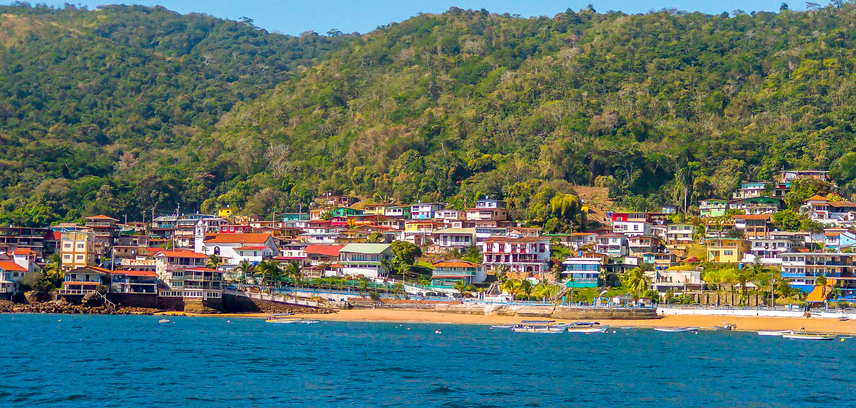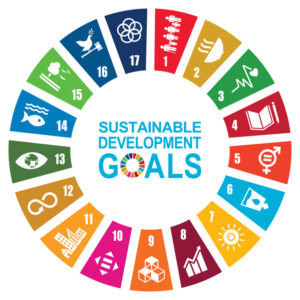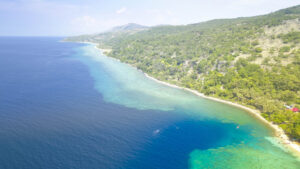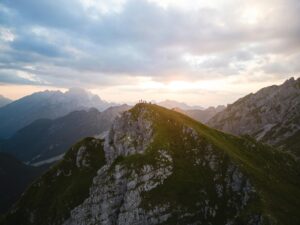The USAID Ecotourism Activity was a 3-year program implemented by Solimar International under USAID’s HEARTH portfolio of activities. Focused on the Greater Sundarbans region of Bangladesh, the Activity aimed to support local government, communities, businesses and conservation activities in and around the Sundarbans Reserved Forest through the development, management, and marketing of ecotourism. The goal of the Activity was to use ecotourism as a catalyst to achieve conservation and development objectives and support an inclusive, healthy, and educated society, enhancing livelihood opportunities and protecting fragile ecosystems.
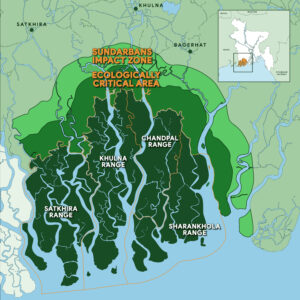
Map illustrating the Greater Sundarbans region.
The Greater Sundarbans region is defined here as three of the five government districts (Satkhira, Khulna and Bagerhat) in the Sundarbans Impact Zone (SIZ) under the Khulna Division. This area is home to the four ranges of the Sundarbans Reserved Forest, the Ecologically Critical Area, and the gateway cities which support the tourism industry for the destination – including Khulna, Bagerhat, Mongla, Satkhira and Jassore.
Sundarbans Reserved Forest: 62% of the world’s largest contiguous mangrove forest is managed by the Bangladesh Forest Department (remaining 38% is in India). It is a UNESCO World Heritage Site (1997) and RAMSAR site (1992) recognized for its universal value as a key biodiversity hotspot. As one of Bangladesh’s most iconic tourist destinations, it hosts 334 plant species including 24 true mangroves, over 690 species of wildlife, and 315 birds (84 migratory). It is home to the endangered Royal Bengal Tiger, vulnerable Pallas Fishing Eagle and Masked Finfoot, and critically endangered River Terrapin – all listed in the IUCN Red Book – as well as the rare glyphis gangeticus shark, estuarine crocodile, Indian python, the Irrawaddy, Ganges River dolphins, and more.
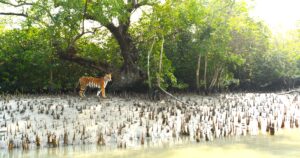
A Bengal Tiger walking among mangrove pneumatophores. Credit: Alam Hawlader, courtesy of Wild Team.
The Ecologically Critical Area (ECA) is a buffer zone established to protect the sensitive ecosystem, where human activities are regulated to minimize environmental impact. Here 2.7 million people, half of them below the poverty line, live and rely on the forest for food, income and protection from cyclones and tidal flooding.
Threats to the forest include illegal natural resource extraction and degradation caused by economic pressures, urbanization, and climate change. In addition, mass tourism from a growing middle class and easier destination access (thanks to the opening of the Padma Bridge) is crowding popular sites and causing increased boat traffic and pollution (waste, noise and light). It faces significant challenges from human activities and environmental pressures. To address these concerns, Solimar International partnered with the USAID Bangladesh Mission to implement the USAID Ecotourism Activity, a three-year project designed to re-position and adjust the tourism industry in this region.
The project sought to establish the Sundarbans as a world-class ecotourism destination, balancing economic development with environmental preservation. It achieved this through collaboration with local communities, private sector partners, and the Government of Bangladesh. Key initiatives included developing governance structures, improving resource management, and fostering private-sector investments. At its heart and through its leadership, this project championed Community-Based Tourism as a critical tool for sustainable development.
Community-Based Tourism in the Bangladesh Sundarbans
Community-based tourism (CBT) is a sub-category of ecotourism where local communities manage and host the tourism experience, and the economic benefits of tourism stay within the community. CBT provides travelers with an authentic experience of a local community’s culture, heritage, and natural resources. The community could be a village, cooperative or collective, and the benefits should be financial, where the money earned directly benefits the community – limiting and completely stopping tourism revenue leakage to outside economies. In addition, the residents are in control of how any profits are used.

A village cultural performance. Credit: Matthew Humke.
Academic Research on Community-Based Tourism out of Khulna University
Dr. Md. Wasiul Islam, a Professor under the Forestry & Wood Technology Discipline at Khulna University, co-authored an influential academic paper examining the potential of CBT to drive conservation in the Sundarbans. Alongside him, Md. Mozahidur Rahman and Md. Golam Rakkibu, integral contributors from the same discipline, lend their insights. Adding a global perspective, Md. Sayed Iftekhar, a Post-doc fellow at the University of Tasmania specializing in Forest Economics, enriches the study with his extensive knowledge.
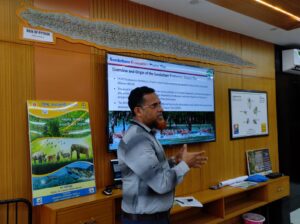
Dr. Islam speaking to stakeholders with the Bangladesh Forest Department.
The researchers conducted rigorous fieldwork, selecting two villages along the primary tourist routes to gather data through face-to-face interviews and focus group discussions. Their findings revealed key insights:
- High dependency on natural resources: Approximately 80% of surveyed residents relied on the forest for their livelihood, engaging in activities like honey collection, woodcutting, and fishing. Many of these practices were unsustainable and contributed to environmental degradation.
- Positive perceptions of CBT: Despite their dependence on forest resources, most community members recognized CBT as a viable alternative. Many expressed enthusiasm for tourism-related opportunities such as guiding, cultural performances, and handicraft production.
- Implementation challenges: The study identified barriers such as lack of awareness, inadequate infrastructure, and resistance from stakeholders involved in traditional resource-extractive activities.
The researchers recommended a phased approach to piloting CBT initiatives, emphasizing collaboration among government agencies, NGOs, and private enterprises. They proposed infrastructure development, capacity-building programs, and marketing support as critical components for success. This groundwork set the stage for integrating CBT into the Sundarbans’ socio-economic framework.
Linking Tourism to Conservation
The researchers shed light on the trend of a community-based approach to tourism development in South Asian nations, emphasizing its potential for economic and conservation dividends both locally in the Greater Sundarbans and nationally across Bangladesh.
Here are some key points about the importance and potential of sustainable tourism in the Sundarbans:
- Economic opportunities: Sustainable tourism can create alternative livelihoods and income sources for local communities, reducing their dependence on forest resources and alleviating poverty.
- Conservation incentives: By providing economic benefits tied to the forest’s preservation, sustainable tourism can incentivize local communities to protect the Sundarbans’ unique ecosystem and biodiversity.
- Cultural preservation: Community-based tourism initiatives can help preserve local cultural heritage and traditions while promoting responsible travel practices.
- Environmental protection: Well-managed ecotourism can raise awareness about conservation issues and support efforts to protect the Sundarbans’ fragile environment.
- Global significance: As a UNESCO World Heritage Site and the world’s largest mangrove forest, sustainable tourism in the Sundarbans can showcase Bangladesh’s natural treasures to a global audience.
- Community empowerment: Involving local communities in tourism planning and management can empower them to have a greater stake in the forest’s future.
- Educational value: Ecotourism initiatives can provide opportunities for environmental education and raise awareness about the importance of mangrove ecosystems.
- Climate resilience: Sustainable tourism can support the preservation of mangroves, which are crucial in protecting coastal areas from cyclones and storm surges.
- Economic diversification: Developing sustainable tourism can help diversify Bangladesh’s economy and reduce pressure on other natural resources.
- International cooperation: As the Sundarbans span both Bangladesh and India, sustainable tourism initiatives could foster cross-border cooperation in conservation efforts.
The study underscored the transformative potential of CBT to reduce forest dependency, enhance conservation incentives, and diversify local incomes. By promoting environmental awareness, preserving cultural traditions, and fostering resilience to climate change, CBT offers a pathway to sustainable tourism development. These findings directly influenced the strategies employed by the USAID Ecotourism Activity.
The Role of USAID Ecotourism Activity in Sundarbans Community-Based Tourism
Dr. Wasiul was hired by Solimar International to fill the role of Deputy Chief of Party for the USAID Ecotourism Activity project. His expertise in Forestry and Community-Based Tourism, along with his personal connections with the Bangladesh Forest Department made him indispensable to the project team.
The USAID Ecotourism Activity leveraged CBT in its program development and implementation. During this time, the Activity launched the first MSME membership-based destination management organization (DMO) in Bangladesh called the Greater Sundarbans EcoTourism Society (GSETS) to manage and promote regional ecotourism and CBT, ensuring long-term sustainability of key project interventions, including:
Sundarbans EcoVillage Network: This concept is a development and marketing program combining homestays with authentic artisan products and experiences to boost local cultural exchange and economic benefits. It aims to be a collection of villages along the Sundarbans Reserved Forest periphery, the ECA and in the Sundarbans Impact Zone (SIZ). These villages will meet certain criteria so that they can be officially designated as an official Sundarbans EcoVillage by GSETS and be marketed to the world through their promotion efforts. Efforts focus on preserving Intangible Cultural Heritage (ICH), including Bonbibi worship rituals, traditional honey collection, and crafts like Nokshi Katha. By integrating these elements into tourism, the Activity fostered pride among locals and enhanced visitor experiences.
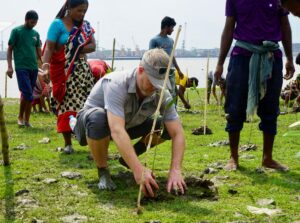
Solimar International staff planting a mangrove sapling during an EcoVillage activity.
Ecotourism Best Practices Program: The Activity developed a pledge and set of localized industry standards (based on the Global Sustainable Tourism Council standards). The goal is to boost enterprise marketability through the GSETS tourism information website with a landing page, member business filters and designation icons for each program level accomplished. By the end of the Activity, 178 individuals had already signed the pledge and GSETS is working on updating their website to showcase their businesses.
Capacity Building and Training: Training programs during the Activity equipped locals in communities with skills in storytelling, guiding, and sustainable business practices. For example, artisans learned to incorporate conservation themes into their crafts, connecting their products to global markets. EcoGuide Training and Certification empowered 280 local guides with environmental conservation and customer service training, providing job creation and promoting responsible tourism. And GSETS began a monthly digital webinar for its members on various topics including how to set up and manage their Meta Business Suite for Facebook, Instagram and WhatsApp on one platform. In addition, the Activity provided technical assistance and training to 147 small tourism enterprises, including updating 89 Google My Business profiles with professional 360-degree and Google Trekker photos.
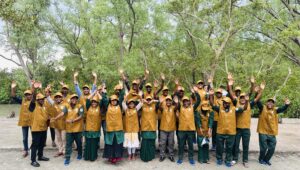
Recent graduates of the EcoGuide training cohort in Satkhira.
The Path Forward
CBT in the Bangladesh Sundarbans demonstrates how tourism can serve as a force for conservation and community empowerment. By creating sustainable income opportunities, reducing dependency on natural resources, and celebrating local culture, CBT ensures the long-term preservation of this unique ecosystem.
The lessons learned from this project—particularly the importance of stakeholder collaboration and community engagement—offer a blueprint for sustainable tourism initiatives worldwide. As the Sundarbans continues to face challenges from climate change and overexploitation, initiatives like the USAID Ecotourism Activity illuminate a path toward resilience and prosperity.
To read the full academic article, please download here, and learn more about Solimar’s work in Bangladesh here!
Unless mentioned otherwise, all photos and graphics used in this article are the property of Solimar International. All rights reserved.
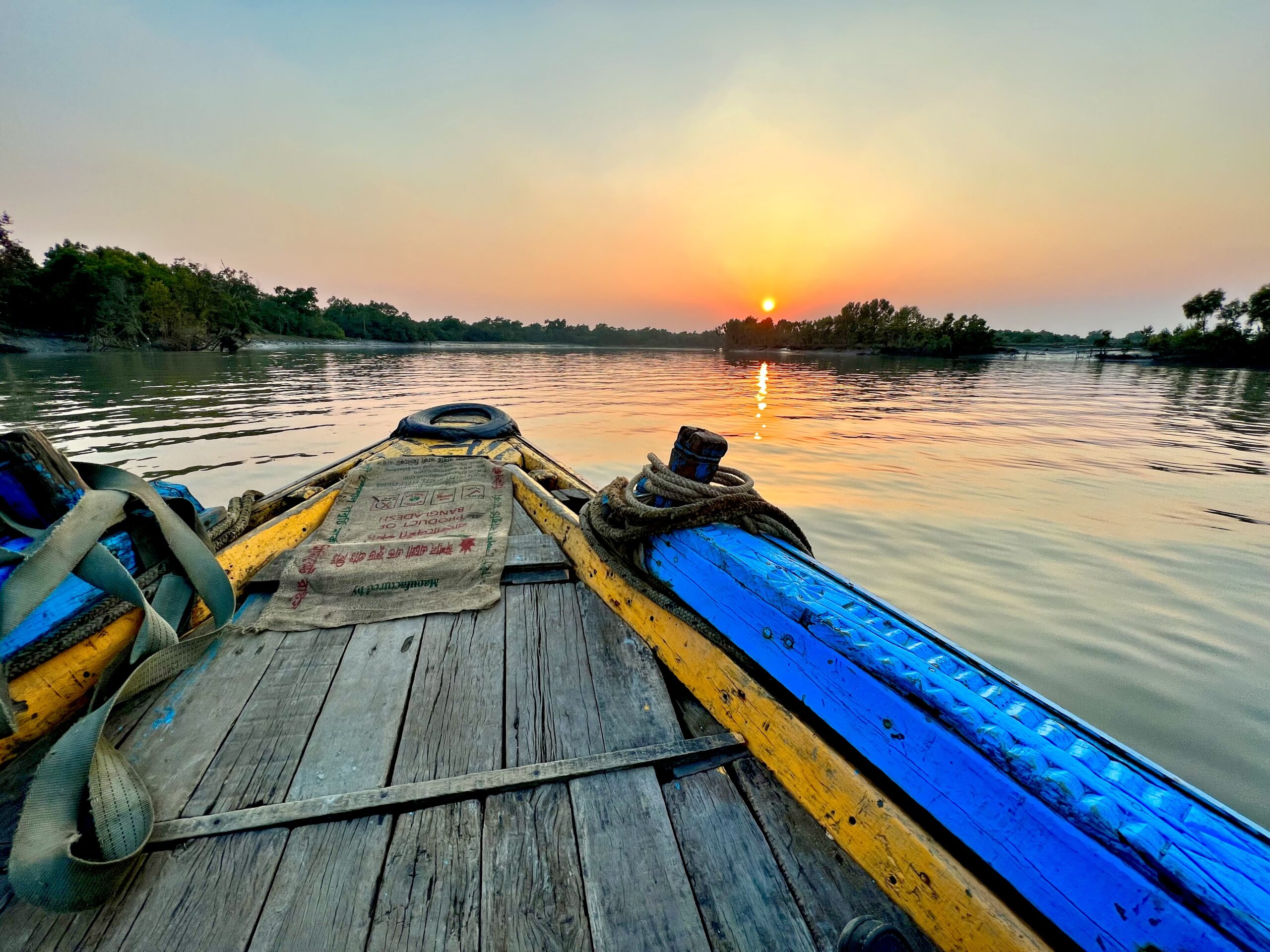
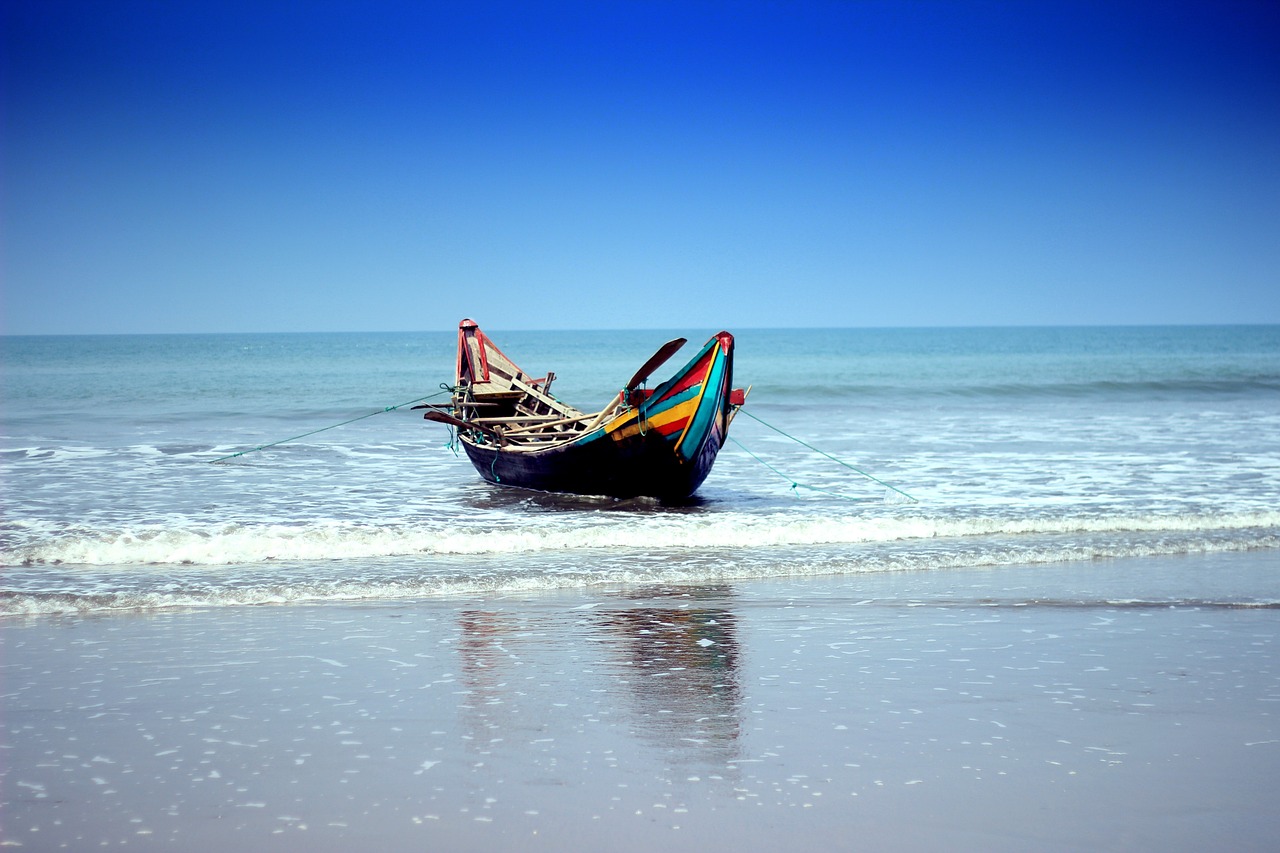
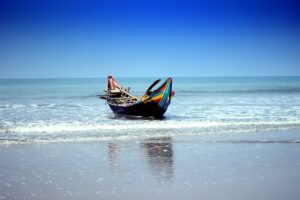
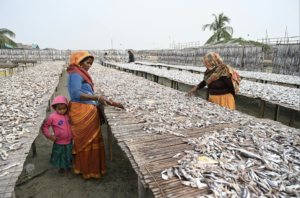
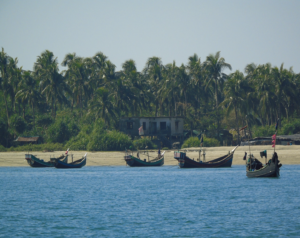
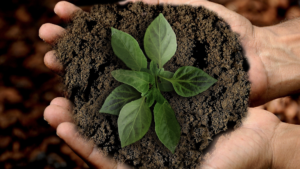

 Understanding Destination Management Organizations (DMOs)
Understanding Destination Management Organizations (DMOs) ith over 20 years of experience in supporting
ith over 20 years of experience in supporting 